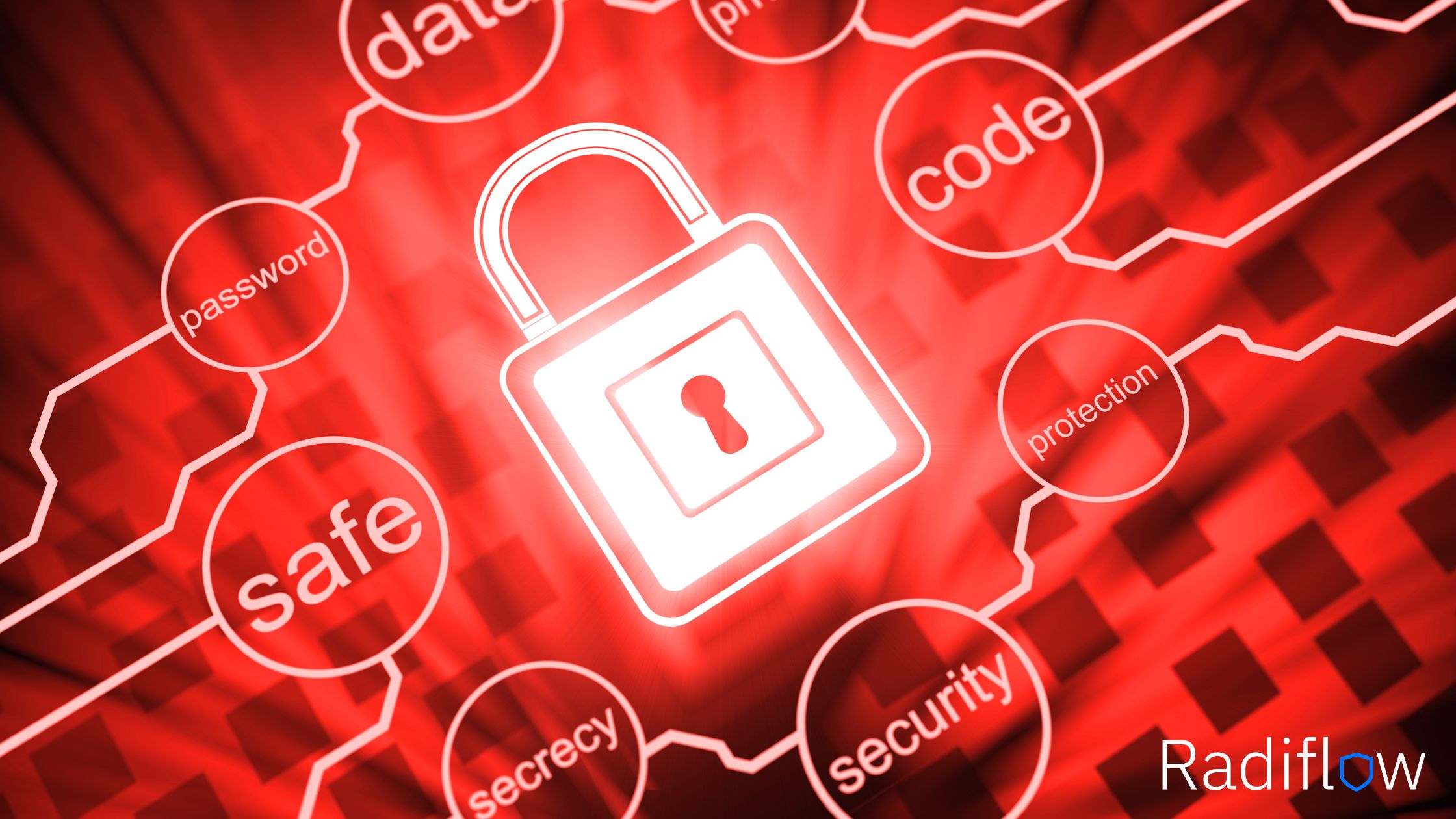Training operational technology (OT) cybersecurity analysts involves a combination of technical skills, knowledge of industrial systems, and a strong understanding of cybersecurity principles. OT systems are used in critical infrastructure sectors such as energy, manufacturing, transportation, and more. Cybersecurity in the OT realm requires specialized knowledge and capabilities.
Here’s a step-by-step guide for training OT cybersecurity analysts.
Cybersecurity Fundamentals
Ensure that your analysts have a solid foundation in general cybersecurity principles, including network security, encryption, authentication, intrusion detection, incident response, and security policies.
Industrial Control System (ICS) Basics
OT systems often use specialized protocols and technologies. Introduce your analysts to the basics of industrial control systems, including SCADA (Supervisory Control and Data Acquisition), PLCs (Programmable Logic Controllers), DCS (Distributed Control Systems), and other relevant technologies.
OT Environment Understanding
Train analysts to understand the unique characteristics of OT environments, such as the need for real-time processing, the criticality of uptime, and the interconnectedness of systems. This includes knowledge about the devices, sensors, actuators, and communication protocols used in OT.
Directives, Regulations, and Security Frameworks
National and international organizations are increasingly issuing regulations, directives, and recommendations for maintaining the security of critical infrastructure and industrial systems. Industry best security practices, too. Expose your analysts to the relevant bodies and literature and make sure you develop in-house expertise to keep your operation compliant. The Radiflow website is full of valuable information concerning the most important cyber regulations such as NIS2, NIST Cyber Security Framework, IEC 62443, and Maritime.
Risk Assessment and Threat Modeling
Teach your analysts how to assess risks specific to OT systems. This includes understanding the potential impact of cyberattacks on physical processes, safety implications, and financial consequences. Introduce them to threat modeling techniques that help identify potential attack vectors. CIARA is Radiflow’s data-driven risk management platform. It is an ideal environment for getting analysts up to speed on OT risk management, frequent risk assessments, and mitigation strategies.
OT-Specific Threats and Vulnerabilities
Provide in-depth training on threats and vulnerabilities specific to OT environments, such as Stuxnet-like attacks, ransomware targeting critical infrastructure, and insider threats. Help analysts understand the tactics, techniques, and procedures (TTPs) of threat actors targeting these systems.
Network Monitoring and Intrusion Detection
Train analysts to monitor OT networks using specialized tools and techniques. Intrusion detection systems (IDS) and threat detection systems (TDS) tailored to OT environments are crucial for detecting anomalies, unauthorized access, and potential cyberattacks. iSID, Radiflow’s threat detection system, automatically learns network and device behavior and then detects and alerts on aberrations from the norm.
Incident Response Planning
Develop and teach incident response procedures that are specific to OT environments. This should include steps for isolating affected systems, ensuring safety, preserving evidence, and restoring operations as quickly as possible. Then practice, practice, practice so that when it happens, your staff is prepared.
Secure Configuration and Patch Management
Emphasize the importance of proper system configuration and regular patch management in OT environments. Train analysts to implement security controls without disrupting critical processes. Analysts should be aware of maintenance windows for opportunities to implement patches and upgrades.
Physical Security Awareness
OT systems often have physical components. Educate analysts about the importance of physical security measures, access controls, and the potential impact of physical breaches on cybersecurity.
Collaboration with Operations Teams
Foster collaboration between IT and OT security teams. IT analysts should understand the operational requirements and constraints of OT systems and work closely with OT personnel to implement effective security measures.
Continuous Learning
The threat landscape is always changing. So is the production network. Cybersecurity is an ever-evolving field. Encourage analysts to stay updated with the latest developments, threats, and best practices in both cybersecurity and OT systems.
Hands-on Training
Provide practical exercises, simulations, and hands-on experiences to reinforce theoretical knowledge. Use OT lab environments to allow analysts to work with real or simulated industrial systems.
Certifications and Training Programs
Consider enrolling analysts in specialized training programs and certifications related to industrial cybersecurity, such as CISSP, GICSP, or other vendor-specific certifications.
Cybersecurity is a Forever Battle
Remember that training OT cybersecurity analysts is an ongoing process due to the evolving nature of threats and technologies. There is no silver bullet. Regularly update the training curriculum to reflect the latest challenges and developments in the field.
Contact Radiflow to learn more about iSID, CIARA, and OT cybersecurity services.

Get your OT cybersecurity analysts up to speed and keep them there.

One Weak Password, Full Process Control: Inside Norway’s 2025 Dam Cyberattack

Project Management in OT/ICS Projects with IEC 62443 and MITRE ATT&CK using Radiflow

Rogue Communication Modules in Solar Inverters: Radiflow Threat Analysis